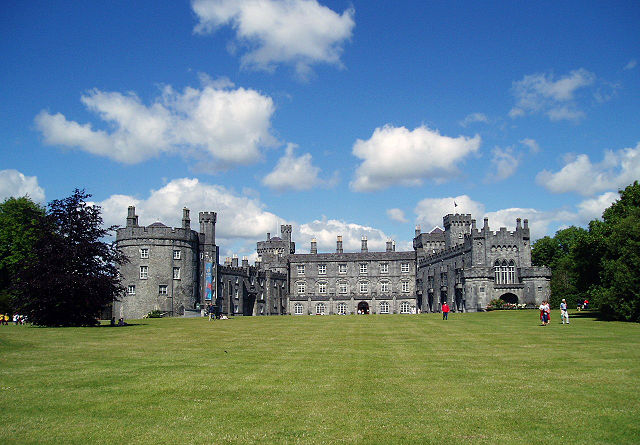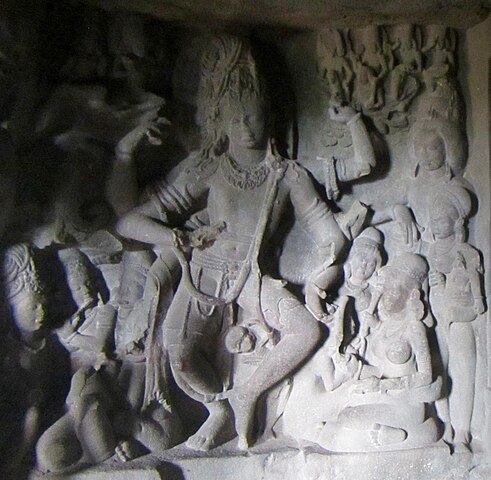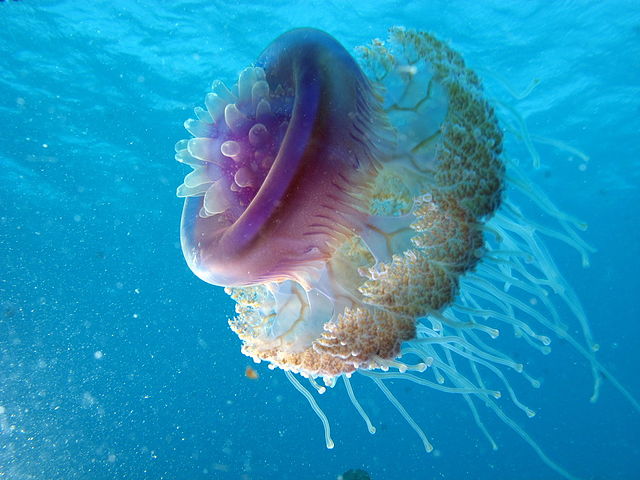We just learned about the
Bell X-1.
Another part of rocket history is the
V-2 Rocket.
During World War II when everyone was making rockets for war, the Germans made a rocket called the V-2.
It came from the German words "Vergeltungswaffe 2" meaning "Retribution Weapon 2".
It was the world's first missile that used a guidance system to make sure it hit the target.
The rocket used ethanol and liquid oxygen for its propellant, and launched itself into the air for 65 seconds.
After that it would start falling towards its target, and it used gyroscopes, accelerometers and tail fins to guide its path as it fell toward the target.
It was also the first man made object to go into outer space on June 20, 1944.
After the war, Great Britain, the USA, the Russians all used these rockets to help learn how to make rockets to launch into space.



(from: wikipedia -
v-2 rocket)
Kid Facts - Blast from the past: Seismic Wave


















